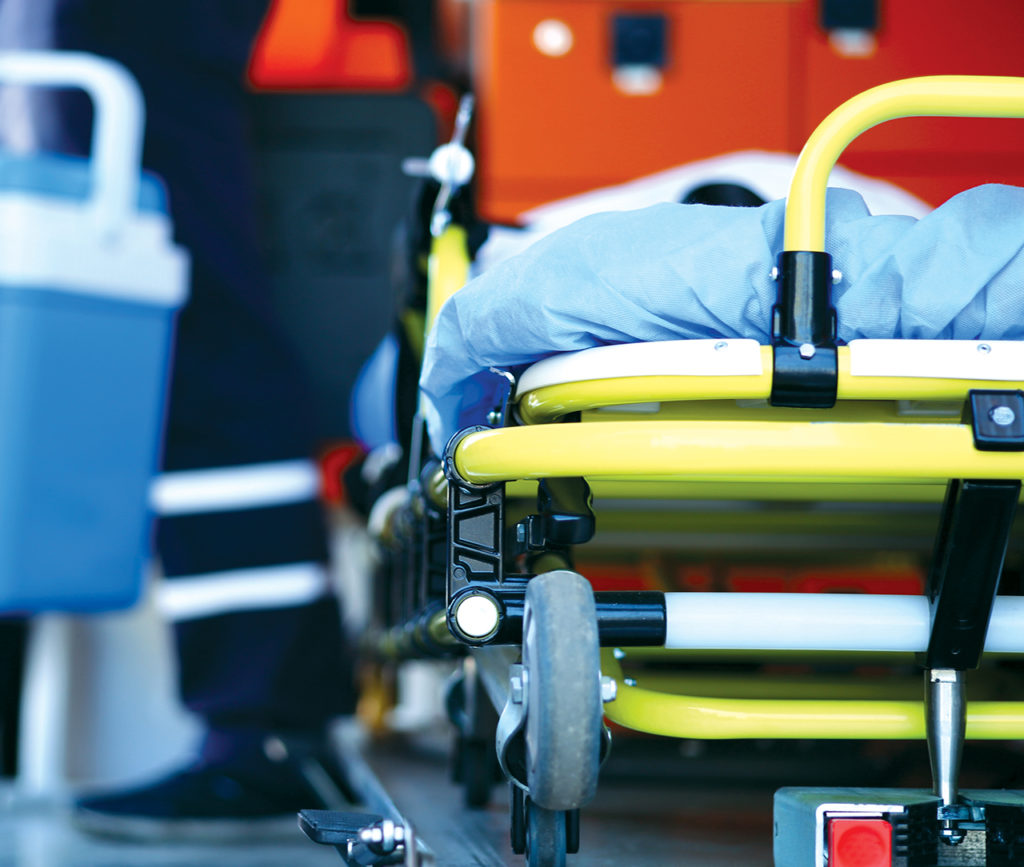About Emergency Preparedness

It’s time to change the way California thinks about disaster response. The COVID-19 pandemic showed that hospitals can quickly mobilize to provide flexible approaches to patient care during a disaster. The state must draw upon these lessons to prepare differently so the next crisis will be less severe. Given California’s size and complexity, the health care disaster response system of the future must be nimble enough to respond to any catastrophe. View more information on hospital disaster preparedness.
Essential Functions and Considerations for Hospital Recovery
The Essential Functions and Considerations for Hospital Recovery document was developed by the Harvard School of Public Health Emergency Preparedness and Response Exercise Program (HSPH-EPREP) in collaboration with the Massachusetts Department of Public Health (MDPH) Emergency Preparedness Bureau.
Demobilization, Reimbursement & Recovery Resources
A comprehensive guide outlining the process and requirements for hospitals seeking reimbursement from the Federal Emergency Management Agency (FEMA) through the Alternative Care Site (ACS) program.
Retaining and Caring for Staff after a Disaster
When a disaster strikes, access to services becomes even more critical. And yet hospital staff and emergency services providers can be victims of that same disaster. ASPR TRACIE has released an updated version of its Tips for Retaining and Caring for Staff after a Disaster to guide facility executives in assisting staff through the recovery period.
Report: Healthy, Resilient, and Sustainable Communities After Disasters — Strategies, Opportunities, and Planning for Recovery
Post-disaster recovery presents an opportunity to improve beyond the pre-disaster status quo. While national efforts often focus on a “return to normal,” this can overlook the sub-optimal conditions that exist for many, including preventable health issues and inequitable access to services.
Finding the Money: A Process for Cost Recovery
2021 Virtual Disaster Conference
Disasters can be costly — and navigating federal funding opportunities can be challenging. This presentation provides an overview of coordination efforts and gives hospitals best practices to ensure they make a strong case for possible funding from the Federal Emergency Management Agency.
What Is Disaster Recovery?
A comprehensive guide outlining the process and requirements for hospitals seeking reimbursement from the Federal Emergency Management Agency (FEMA) through the Alternative Care Site (ACS) program.
Crosswalk: CMS Emergency Preparedness Conditions of Participation & Existing Accreditation Standards
The linked resource provides a visualization of the association between the Centers for Medicare & Medicaid Services (CMS) Emergency Preparedness Final Rule Conditions of Participation and existing regulatory and accreditation standards.
CMS 1135 Waivers
Documents CMS Presentation: 1135 Waivers and the Emergency Preparedness Rule 1135 Waivers At a Glance 1135 Waivers Authority Requesting an 1135 Waiver 101 1135 Waiver – Information to provide Public Health Emergency Declaration Q & A
CMS Emergency Preparedness Final Rule
2018 Disaster Conference
This presentation provides key information to help hospitals navigate the implementation of the Centers for Medicare & Medicaid Services emergency preparedness final rule.
Samples: Hospital Mutual Aid Memoranda of Understanding
The mutual aid support concept is well established and is considered “standard of care” in most emergency response disciplines. The purpose of this mutual aid support agreement is to aid hospitals in their emergency management by authorizing the Hospital Mutual Aid System (H-MAS). H-MAS addresses the loan of medical personnel, pharmaceuticals, supplies, and equipment, or assistance with emergent hospital evacuation, including accepting transferred patients.